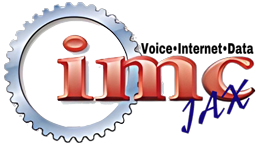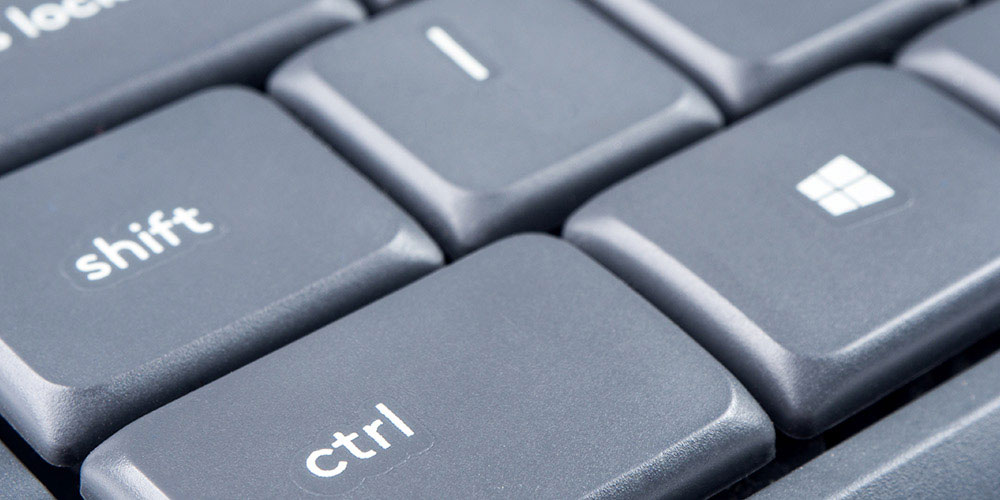With the upcoming end of service for Microsoft Windows 7 and Server 2008 r2, many business owners will need to consider their options. While the end of service for these operating systems is scheduled for January 2020, most technology advisors agree you need a plan of action today. To learn more about what these changes mean to keep your business systems running and secure, read on.
What the End of Service Means for Cybersecurity Protection
According to a ClikCloud article late in 2018, Microsoft announced the end of service for Windows 7 and Server 2008. One of the primary considerations is that operating systems patches that provide protection from Cyber Attack will no longer be available, potentially putting your network security in jeopardy.
Application Support and Windows End of Service
Some commercial or custom applications may be incompatible with the new Microsoft operating systems. As a result, you may need to upgrade to a compatible version of desktop, server or database versions to avoid any unintended downtime or loss of productivity. In addition, to update your application software, you may consider virtualization, desktop as a service or cloud migration as options to ensure continued productivity for your employees.
Consider Infrastructure as a Service (Iaas) as an Option
Moving workloads and application hosting to the cloud may provide additional benefits. Having your infrastructure in the cloud, rather than on-premise, offers the benefits of cost-saving, and added security. This form of cloud computing enables you to convert a capital expense to a more predictable operating expense, without hardware and software that needs updating. Resources can be scaled to handle increased and decreased demand, even at different times in the day. Having your infrastructure managed off-site allows you to focus on your business and its objectives.
Planning Your Transition to the New Operating System
Start by evaluating your existing computing resources by performing a network audit. This will identify which devices use Windows 7 and which servers rely on Windows Server 2008 r2. It’s possible some devices, including desktops, laptops, and servers, need to be upgraded or replaced altogether. Ensure you plan ahead to order new equipment, test the new environment and train your employees on the new operating system, applications or access methods. There may be some labor involved from your technology advisor so plan ahead. All of these practices will help smooth the transition.
With the upcoming end-of-service deadlines for Windows 7 and Microsoft Server 2008 r2 in January 2020, have a plan for migration of data and applications. If you need help developing or implementing a plan, contact your trusted technology advisor today.




